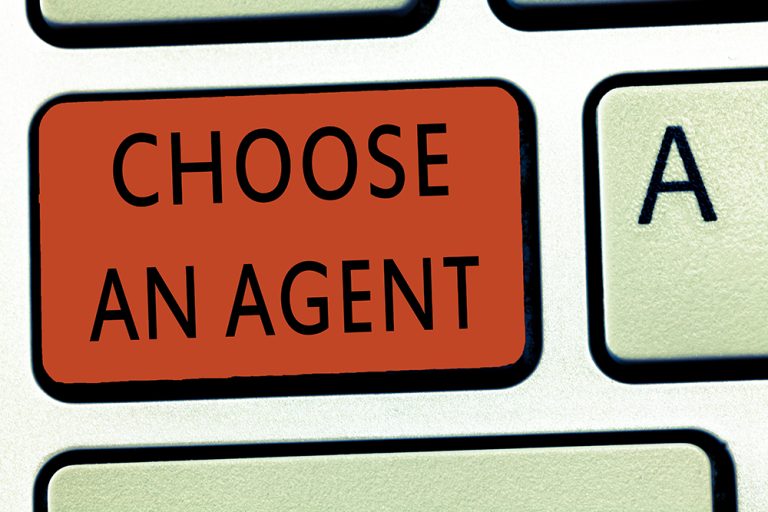Test Your Knowledge of Online Etiquette for Businesses

The rules of etiquette have undergone a dramatic transformation over the last century, and many of them have been discarded because they are no longer applicable or are now viewed as insulting or demeaning. However, although etiquette is not as strictly formalized as it was in Victorian England, there are probably still certain things that you do in public out of kindness or to avoid being perceived as ill-mannered. For example, you may hold the door for someone on crutches, let someone with only one item go ahead of you in a checkout line when you have a full cart, or wave at your neighbors if they are in their yard when you drive past. Furthermore, you are probably adept at office etiquette as well as in-person social etiquette.
However, the internet has changed how businesses connect with their customers, employees, and vendors. Businesses are leveraging social media platforms to promote their brands and products, email communications continue to grow, and the ubiquitous smartphone has made text messaging easier than ever. Unfortunately, many businesses leap into digital communications without understanding that there are certain rules of etiquette that need to be observed if they want to avoid alienating the very people they are trying to engage. Take the following fun, short quiz to see how adept you are at online etiquette.
1. True or False: When sending a business email, there is no need to worry about formatting the body of your message.
Answer: False. Whether you are responding to a customer’s question or sending a marketing message, you should never send a scrunched-up mass of words. Use short paragraphs with a blank line between them. To make a long email easier to read, you might want to include headers, numbers, or bullets.
2. True or False: Out of every 10 tweets your business sends, five tweets should be marketing promotions.
Answer: False. Twitter users tend to find it annoying when businesses inundate them with sales tweets. Your primary goal on Twitter should be to engage or entertain potential or existing customers. Experts on Twitter etiquette state that less than 20% of your business tweets should be overtly promotional. The rest should be posts that others will find interesting, entertaining, or relevant.
3. What is the longest time you should wait before you respond to a customer’s email?
(A) 12 hours (B) 72 hours (C) 24 hours (D) 48 hours
Answer: C. Surveys have shown that customers begin to feel that they are being ignored if a company does not respond within 24 hours. If you cannot provide a solution within that time frame, you should send them an email to let them know that you are working on their issue. Try to give them an estimate on when you will have an answer for them.
4. True or False: If you need to reschedule a meeting with a client, the best way to communicate the change is to send a text.
Answer: False. When you need to change the time or place of a meeting, you need to call the client to make sure that there are no misunderstandings. This is especially true if the change is made mere hours before the meeting. It may be hard to believe, but not everyone checks their text messages several times a day.
5. If you must leave a voicemail for a customer, which of the following pieces of information should you include?
(A) Your name (B) Your company (C) Your callback number (D) A, B, and C
Answer: D. Never assume that your customers will automatically associate your name with the name of your company, and never assume that they have your phone number on speed dial. In fact, you should provide your callback number at both the beginning and the end of your message. Furthermore, although you want to keep your message brief, you should state the reason for your call. Are you calling to respond to an email from the customer? Do you have a question about the customer’s latest order? Save the details for later, but provide them with the equivalent of a subject line so that they can judge the urgency of the situation.
6. True or False: It is a good idea to add your LinkedIn connections to your email marketing list.
Answer: False. Never assume that someone who is willing to connect with you on LinkedIn will welcome your marketing emails. Unless they have specifically agreed to accept your emails, you are spamming them. At the very least, this is an unethical business practice. Depending on the country in which your recipients reside, you could also be breaking the law and be severely penalized.
7. True or False: It is perfectly fine to send text messages to customers, vendors, or employees outside of normal business hours.
Answer: False. Text messages convey a sense of urgency, so most people are reluctant to ignore them. If it is the middle of the night, a holiday, or a weekend, your text may be very unwelcome. Your recipient could be sleeping, in the middle of a messy chore, attending a special event, or simply trying to relax.
8. What is the maximum number of hashtags you should include in a tweet?
(A) 3 (B) 1 (C) 8 (D) 5
Answer: A. Too many hashtags make your tweet look like spam. The absolute maximum should be three, but that does not mean that you must include that many. Sometimes, a single hashtag is sufficient.
9. True or False: Commenting on other people’s Facebook posts is a great way to promote your business.
Answer: False. Most people have read a post’s comments to try to gain more insight into an event, a situation, a company, or a product. All too often, they come across a comment that is a blatant promotion of another company or product that may have nothing to do with the topic of the post. At the very least, readers may think it rude, and, in some cases, you may have just alienated every reader for life.
10. True or False: It is a waste of time to proofread emails and posts.
Answer: False. If you are sending a text or email to your significant other, it may not be a big deal if you make a typo or the autocorrect feature changes a word that alters the entire meaning of a sentence. However, if you want to be taken seriously as a professional, you should ensure that all of your business communications are free from spelling and grammatical errors.
11. True or False: If I offer a relevant product or service, it is always a smart decision to promote it when there is a significant tragedy.
Answer: False. Usually, your promotions will be viewed as crass, especially if your services or products will be of no help to those affected by the tragedy. You risk being perceived as self-serving and insensitive to the pain of those affected by the tragedy. This does not mean that you should not offer your condolences or assistance if you can do so in a genuine, heartfelt manner.
12. True or False: If my marketing plan calls for 20 Facebook posts per week, I should make them all on a single day.
Answer: False. Although you want to post regularly, you need to spread them out. Think about how Facebook posts appear on other people’s timelines. Do you really think that they want to wade through all of your posts to find a picture that a relative uploaded, an update to a news story they have been following, or an update from a friend on the health of the friend’s seriously ill parent? Mass posts can quickly result in a reduction in your number of followers. Speaking of Facebook, you should also take care that you are not oversharing about your private life or your clients.
More than ever, businesses need to put themselves in the shoes of their customers. If you are ever in doubt about whether you are committing a breach of etiquette, consider how you would react if you were on the receiving end of a similar action by another company.



